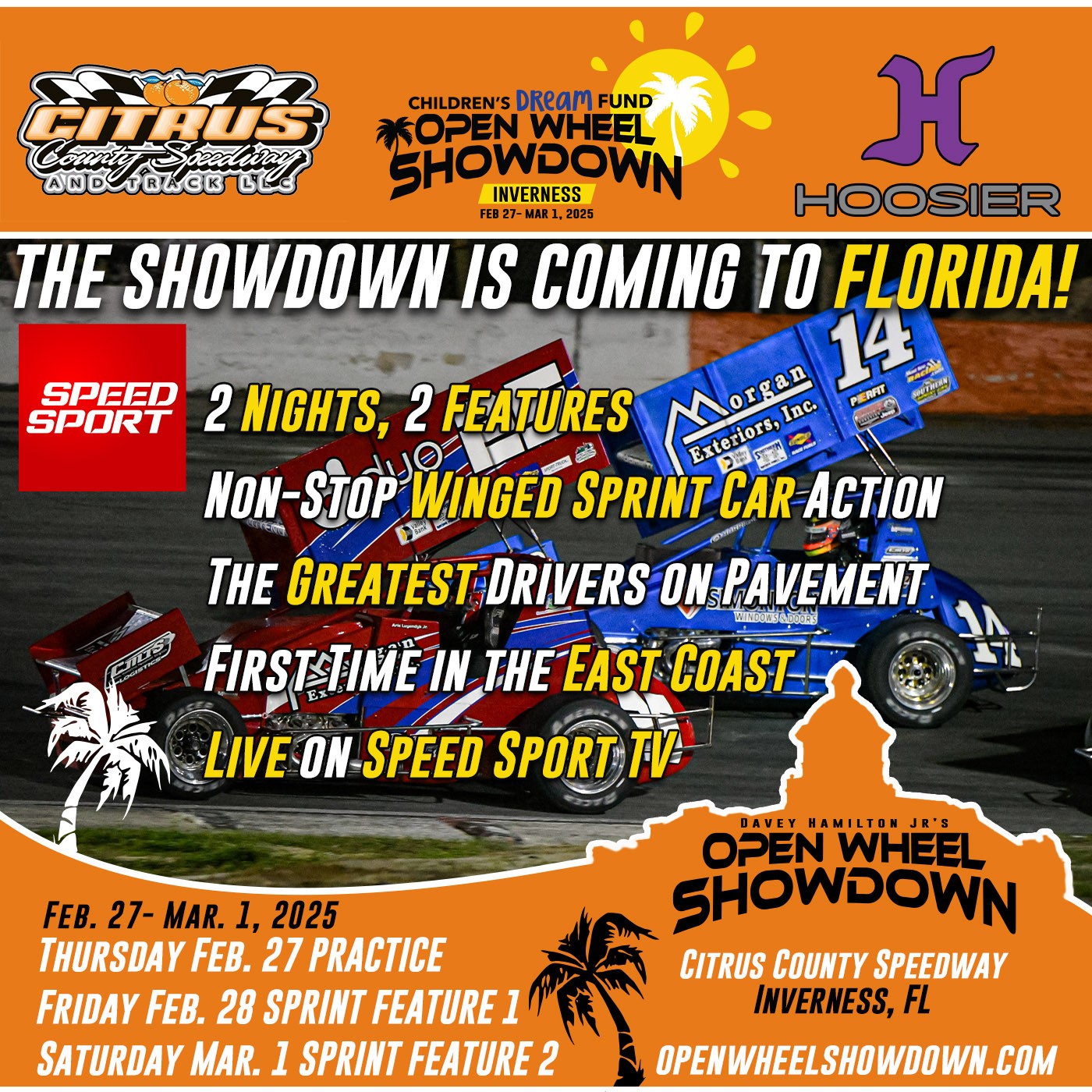The History, Mechanics and Legends of NASCAR
The National Association for Stock Car Auto Racing, most commonly known as NASCAR, is one of the most popular and exciting motorsports in the United States. It’s known for its high-speed races, roaring engines, and thrilling finishes, so it’s unsurprising that NASCAR has a rich history and a dedicated fan base.
But what exactly is NASCAR, and how does it work? Well, we’re going to start off by giving you an overview of the basics of NASCAR and how the sport works before diving right into the origins of the sport, including the history of NASCAR and some of its most legendary drivers.
So, buckle up because you’re in for a wild ride!
The Fundamentals of NASCAR
NASCAR is primarily for its stock car racing, which involves cars resembling standard street vehicles but specially modified for high performance. Thus, it’s unsurprising that it’s so popular – in a way, it feels more relatable for ordinary people than something like Formula 1.
In the most basic sense, the season involves several series of races throughout the year, in which different drivers and teams compete for titles.
Like American Football, NASCAR is a mostly American sport. Therefore, it operates several national series within the United States, the most prominent of which are the NASCAR Cup Series, the NASCAR Xfinity Series, and the NASCAR Craftsman Truck Series.
- NASCAR Cup Series: The premier series in the sport, featuring the very best teams and drivers.
- NASCAR Xfinity Series: Generally considered the stepping stone to the Cup Series – like Formula 1’s equivalent of Formula 2 – showcasing upcoming talent in the sport.
- NASCAR Craftsman Truck Series: Possibly the most stereotypically American of them all, it features modified pickup trucks, offering drivers, racing enthusiasts, and general viewers a unique racing experience.
These races typically involve several stages in which drivers compete for points, which contribute to their overall standing in the season. Eventually, the season culminates in the NASCAR Playoffs, a series of elimination rounds that determine the champion.
How Do NASCAR Races Work?
Races take place on different types of tracks, including oval tracks, superspeedways, and road courses.
We’re going to tell you how a typical race works:
- Qualifying: This determines the starting positions of the drivers in the actual race (or at least the first stage). Intuitively, the fastest driver to qualify starts at the front – this is called “pole position”, just like in other racing leagues like Formula 1.
- Race Stages: Most NASCAR races are divided into three different stages. At the end of each stage, the drivers earn points based on their position.
- Pit Stops: At some point during the race, drivers can make pit stops during which they can refuel, change tires and make other adjustments to their vehicles (within a strict set of rules).
- Checkered Flag: At the very end, the first driver to cross the finish line at the end of the final stage wins the race.
Drivers are awarded points based on the positions in which they finish as well as their stage wins, all of which contribute to the overall championship standings.
The top, most successful drivers and teams compete for a spot in the NASCAR Playoffs, which is the ultimate fight for the championship title.
Where It All Started: The History of NASCAR
NASCAR was founded in 1948 by Bill France Senor in Daytona Beach, Florida. The sport was initially born out of the popular practice of “bootlegging” during Prohibition—drivers would modify their cars to outrun the police while transporting illegal alcohol. Eventually, these modified cars led to organized races, paving the way for the eventual formalization of the NASCAR league that we know and love today.
Here are some key milestones in the history of NASCAR:
- 1949: The first-ever official NASCAR race hosted at the Charlotte Speedway in North Carolina.
- 1959: Ten years later, the Daytona International Speedway was opened, becoming home to the Daytona 500.
- 1979: The sport gained popularity dramatically when the first NASCAR race was nationally televised.
- 1994: The inaugural Brickyard 400 at the Indianapolis Motor Speedway was added to the NASCAR calendar.
Since its inception, the sport of NASCAR has grown exponentially, becoming a major spectator sport with millions of fans around the world and numerous high-profile races every year.
Famous NASCAR Drivers
In its 70-odd years of history, NASCAR has seen many drivers become legends, known for their skill and charisma.
Here are some of the most famous NASCAR drivers who have significantly impacted the legacy of the sport:
- Dale Earnhardt: Known for his aggressive style of driving, Dale Earnhardt earned the nickname of “The Intimidator”. He won seven championships, and his legacy now continues through his son, Dale Earnhardt Junior.
- Richard Petty: Nicknamed “The King”, Petty has a record of 200 NASCAR Cup Series wins and a whopping seven championships.
- Jeff Gordon: Four-time NASCAR Cup Series winner, Gordon helped popularise NASCAR throughout the ‘90s and early 2000s.
- Tony Stewart: Known and loved for his incredible versatility, Tony Stewart won championships in both NASCAR and other racing series, too.
- Jimmie Johnson: Johnson dominated NASCAR in the 2000s, earning seven championships, tying the record already held by Earnhardt and Petty.
Along with many others, these drivers have left an indelible mark on the sport, inspiring new generations of racers and fans alike.
The Cars and Technology
NASCAR cars are highly specialised machines that are designed with speed, performance and safety in mind. They may outwardly resemble street cars, but they are extensively modified for racing. Like other technological marvels like Casino Grand Bay, they look simple from the outside, but they are extremely complex on the inside.
Key components of the cars include:
- Engines: Powerful V8 engines that can produce over 750 horsepower.
- Chassis: Sturdy and aerodynamically designed to be able to handle impacts and high speeds.
- Safety Features: These days, NASCAR cars include HANS devices (for head and neck support), roll cages, and SAFER barriers (energy-absorbing walls) to protect the drivers while they race.
As technology advances, so too do these features and the cars themselves. However, the sport, at heart, remains an adrenalin-fest for fans and drivers alike.







